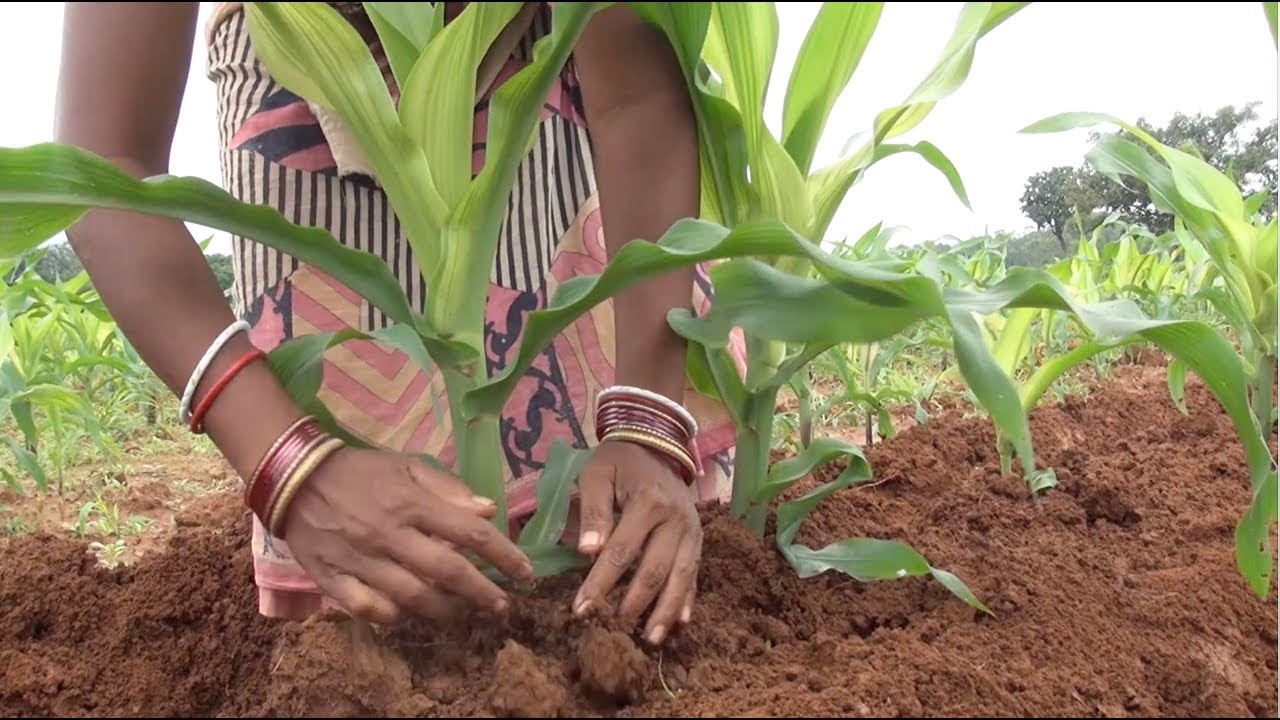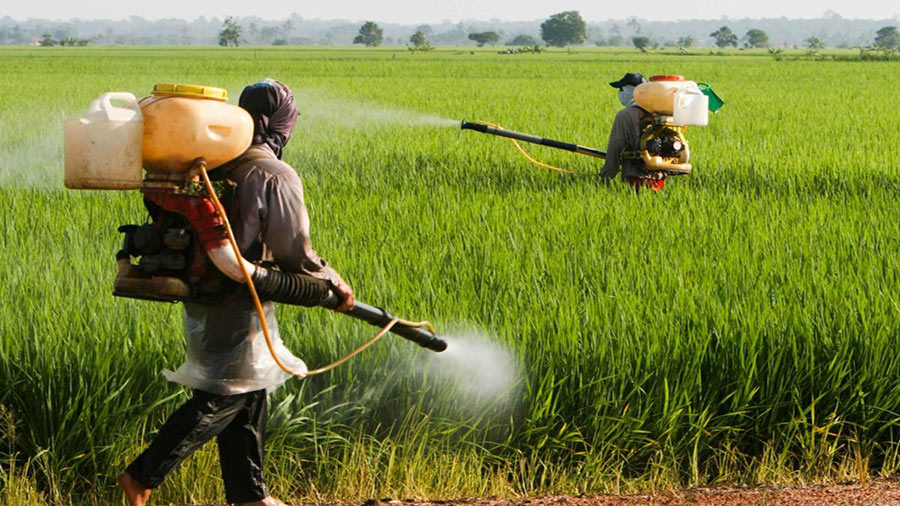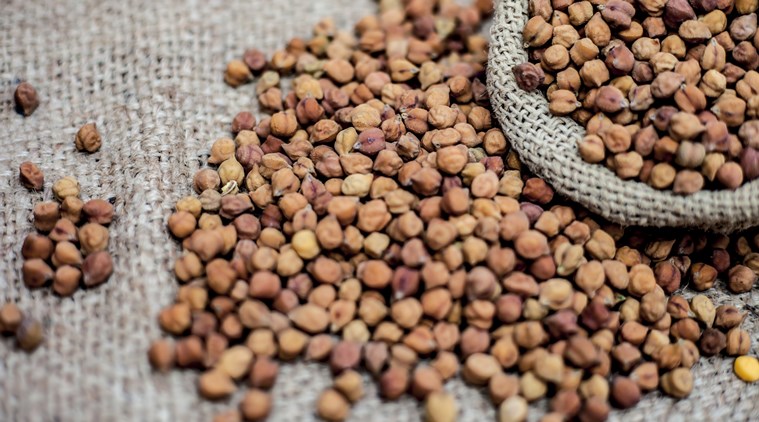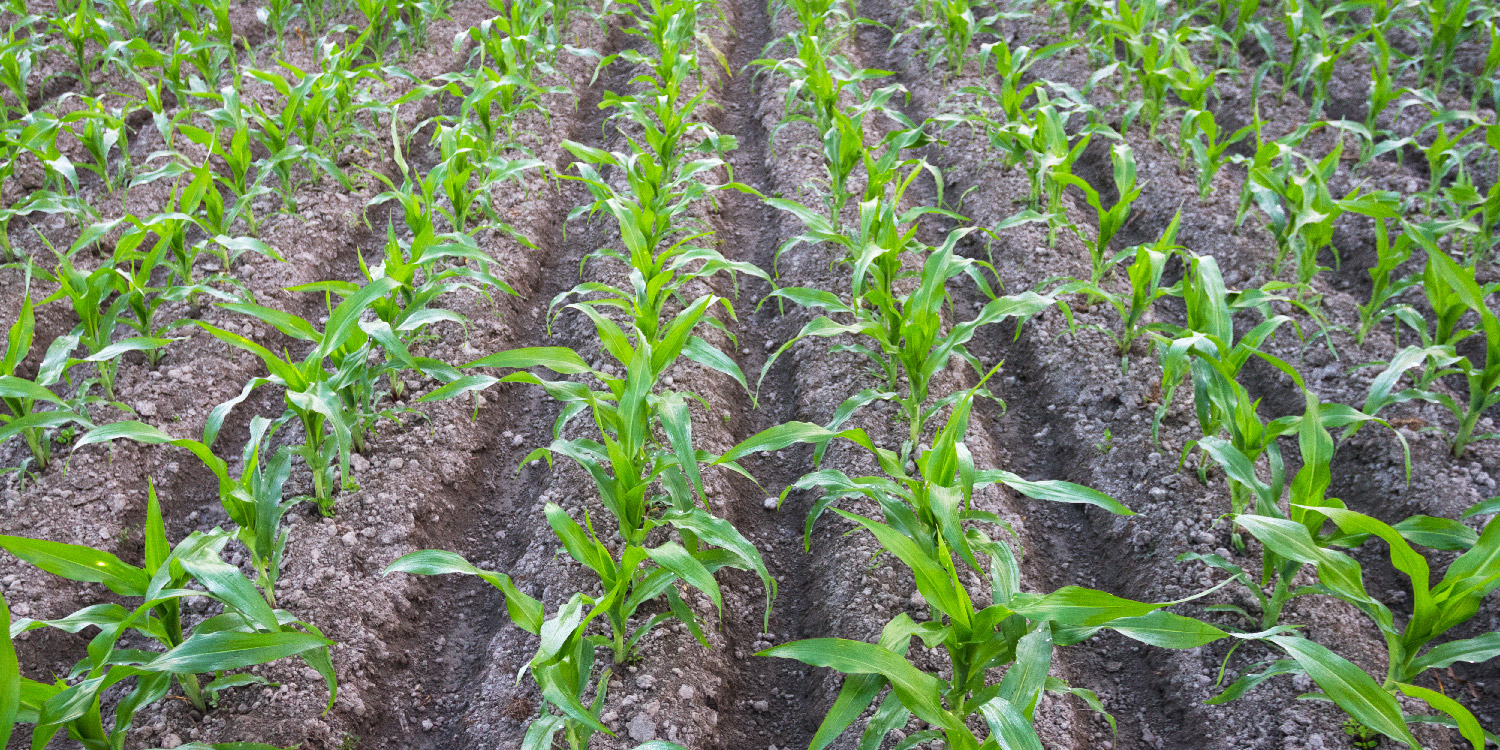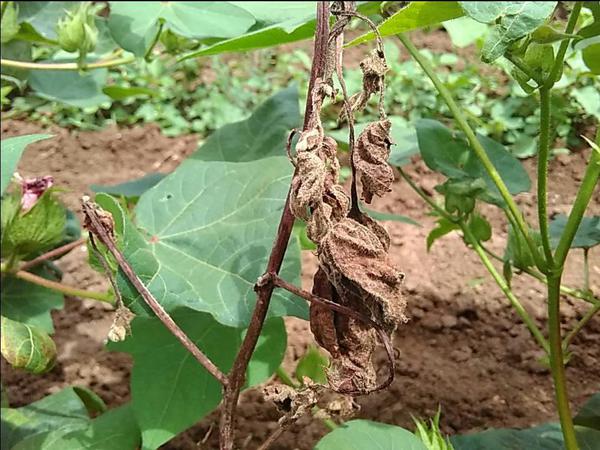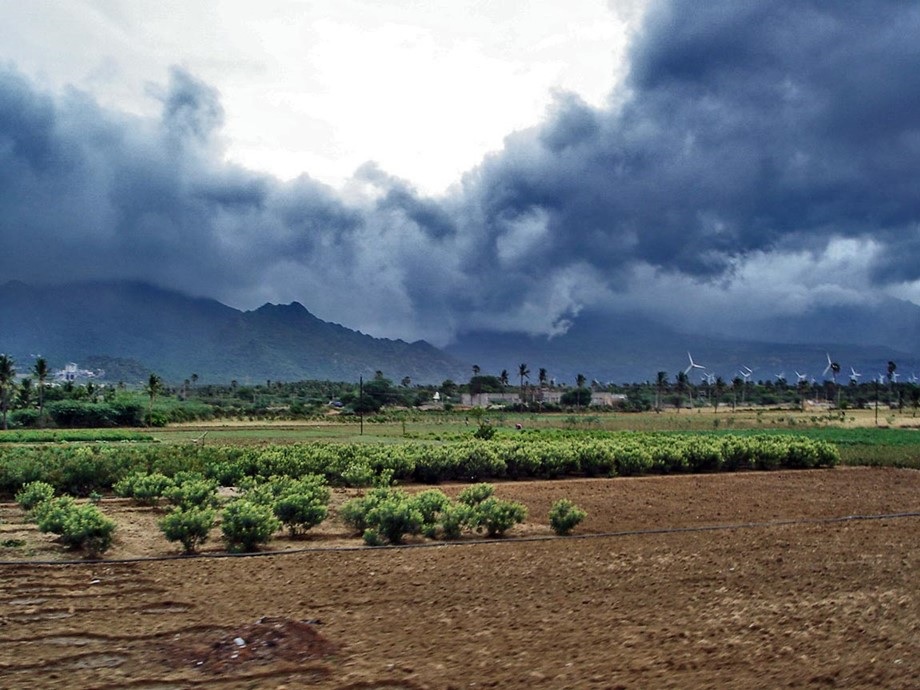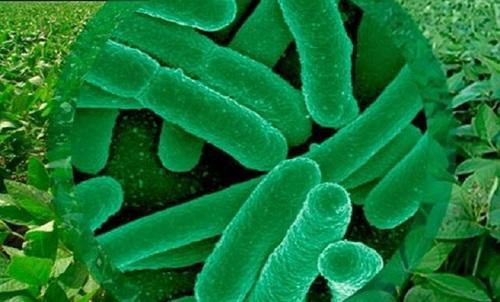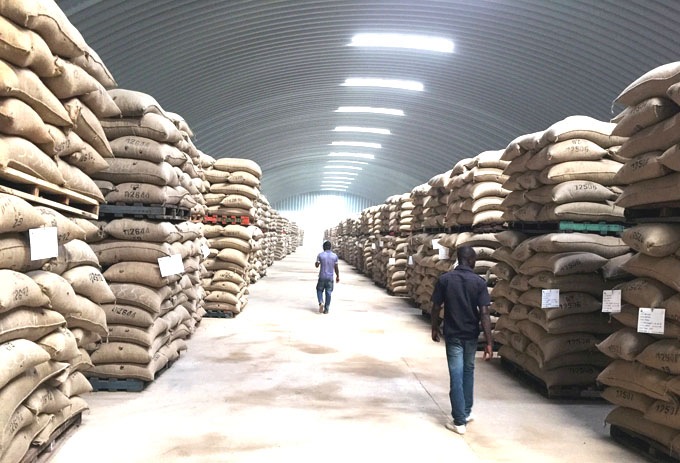- 6240 Syngenta:- They remain green even after maturity, due to which they are suitable for fodder, high yield, grains are semi dent type. Those which are filled to the end in the corn, grow in an adverse environment. Stocks and roots are resistant to rot and rust diseases.
- Syngenta 6668:-Suitable for the irrigated area, high yield potential, large corn which is full till the end.
- Pioneer 3401/Pioneer 3396:- It is a high yielding hybrid variety of the Kharif and Rabi seasons and its plant structure is suitable to give it a higher yield even on more dense sowing.
- Dhanya 8255:-Tolerant to moisture stress, may be used for fodder purposes Good Husk cover and excellent standability, best performance even at 26000 plants/acre plant number.
- NK-30:-Adaptable to tropical rain, ability to withstand stress/drought conditions, dark orange grains with excellent tip filling, high yield, adaptable to fodder.
- The crop duration of all these varieties is 100-120 days and the seed rate is 5-8 kg/acre.
Share

